Learning about colours is like going on a treasure hunt where every new colour you discover is a hidden gem. From the bright red of a juicy apple to the soothing blue of the sky, colours are everywhere, making our world beautiful and vibrant. Let us embark on this colourful adventure together, where we will have fun exploring, playing games, and discovering all the wonderful colours around us. Ready, set, go!
Teaching Children Colours
Teaching children about colours is not just about showing them different shades and hues; it is also about making the learning process interactive and enjoyable. By incorporating games, activities, and everyday experiences, children can easily grasp the concept of colours and their significance in the world around them.
Let us dive into some effective strategies for teaching colours to kids.
Start with Primary colours
Begin by introducing the primary colours: red, blue, and yellow. These colours are the building blocks for creating other colours and are easy for kids to recognise. Use objects like toys, fruits, or clothing to demonstrate each primary colour. For example, you can show a red apple, a blue ball, and a yellow banana.
Use Everyday Objects
Incorporate colour learning into everyday activities. Point out the colours of objects during daily routines, such as while eating, dressing, or playing. For instance, ask your child to pick out the green peas on their plate or choose a blue shirt to wear. This helps kids associate colours with familiar objects and reinforces their understanding.
Play colour Games
Games are a fantastic way to make learning colours fun and interactive. Here are a few ideas:
- Colour Hunt: Have a colour scavenger hunt where kids search for objects of a specific colour around the house or yard.
- Colour Sorting: Provide a mix of coloured objects and ask kids to sort them into groups based on their colours. You can use coloured cups or bowls for sorting.
- Colour Matching: Create or buy colour-matching cards where kids match objects with their corresponding colours.
Incorporate Art and Craft
Art and craft activities are perfect for teaching colours while encouraging creativity. Here are some fun ideas:
- Colouring Books: Give kids colouring books with pictures that they can fill in with different colours. Encourage them to use a variety of colours to make their artwork vibrant.
- Painting: Set up a painting station with watercolours or finger paints. Allow kids to experiment with mixing colours to create new shades.
- Craft Projects: Use coloured paper, stickers, and other craft materials to create colourful projects. For example, make a rainbow collage by cutting out pieces of coloured paper and glueing them in order.
Sing colour Songs
Songs and rhymes are excellent tools for teaching colours in a fun and memorable way. Here are a few popular colour songs:
- “Red and Yellow and Pink and Green”: This song lists various colours and can be sung while pointing to objects of those colours.
- “The Rainbow Song”: Teach kids the colours of the rainbow through this catchy tune.
- “Five Little Ducks”: Adapt the song to include different coloured ducks or other animals.
Use Educational Videos and Apps
Technology can be a valuable resource for teaching colours. There are numerous educational videos and apps designed specifically for colour learning. These resources often include interactive games, songs, and activities that make learning colours engaging and enjoyable.
Read colourful Books
Books with colourful illustrations are a great way to teach colours while fostering a love for reading. Here are some popular colour-themed books:
- “Brown Bear, Brown Bear, What Do You See?” by Bill Martin Jr. and Eric Carle: This classic book features various animals and colours, making it a favourite amongst kids.
- “The Day the Crayons Quit” by Drew Daywalt: This humorous book follows the story of crayons who are tired of their assigned colours and want to switch things up.
- “Mouse Paint” by Ellen Stoll Walsh: This book tells the story of three mice who discover how to mix colours while playing in paint.
Fun Facts about Colours
- Did you know? The first colour a baby can see is red. Babies start to see colours around 2 to 3 months old.
- Fun Fact: Blue is the world’s most popular favourite colour. It is often associated with calmness and stability.
- Interesting Fact: There are colours that humans cannot see, called “invisible colours.” These include ultraviolet and infrared light.
- Fascinating Information: The colour of a carrot was originally purple. The orange carrot we know today was cultivated in the Netherlands in the 17th century.
Table of Primary and Secondary Colours
Primary colours | Secondary colours | Example Objects |
Red | Orange | Carrot, Orange |
Blue | Green | Leaf, Grass |
Yellow | Purple | Grape, Eggplant |
Conclusion
Teaching colours to kids can be a delightful and rewarding experience. You can use everyday objects, play games, incorporate arts and crafts, sing songs, and leverage technology to make the learning process engaging and fun. Remember to be patient and creative, and your little ones will soon be confident in naming and recognising colours all around them. Happy teaching!
For more such informative/interesting blogs, visit Mother’s Pet Kindergarten.

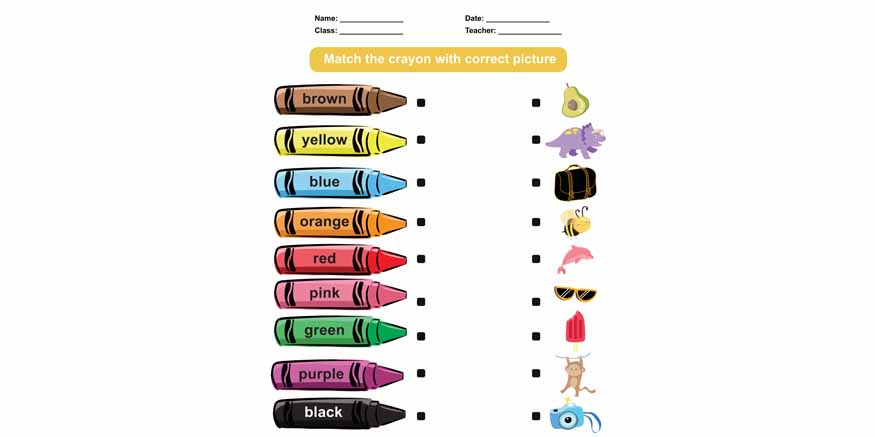
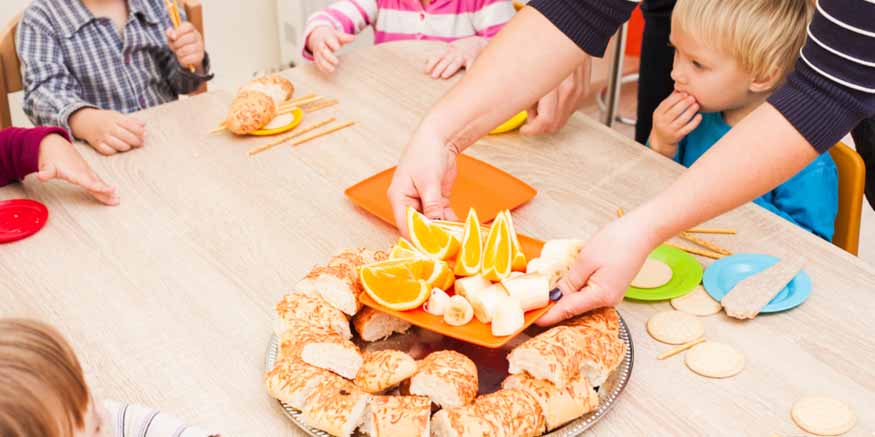
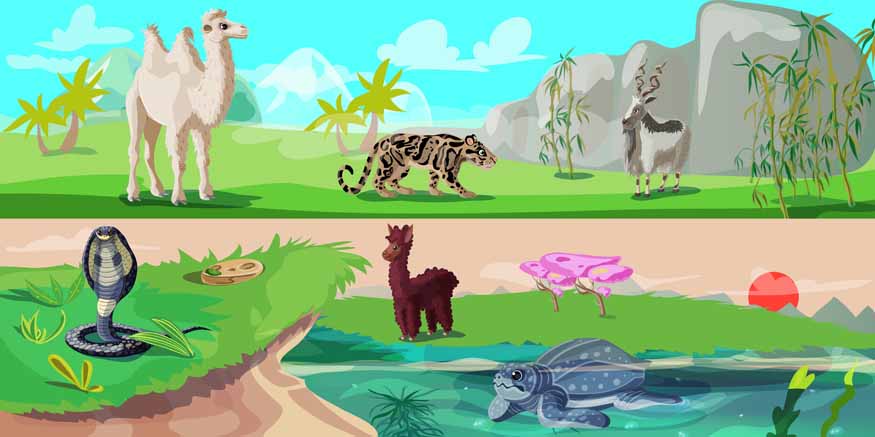
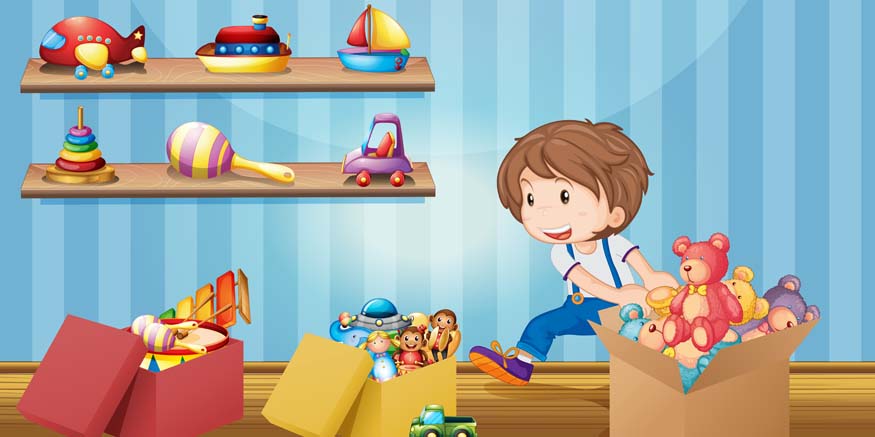

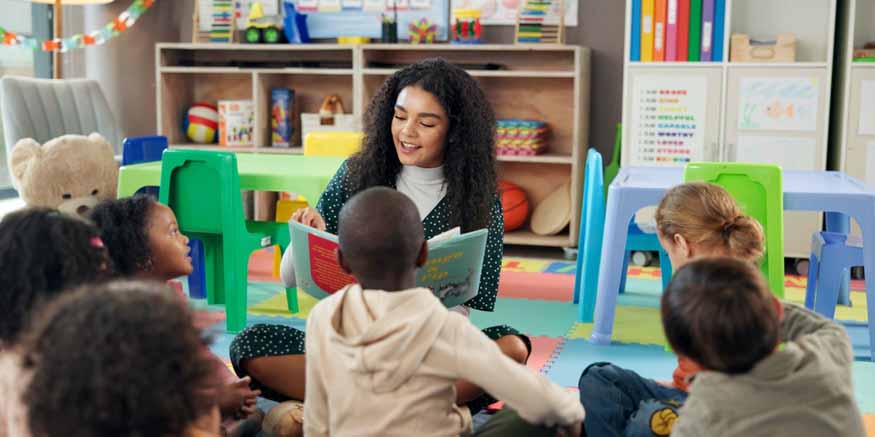
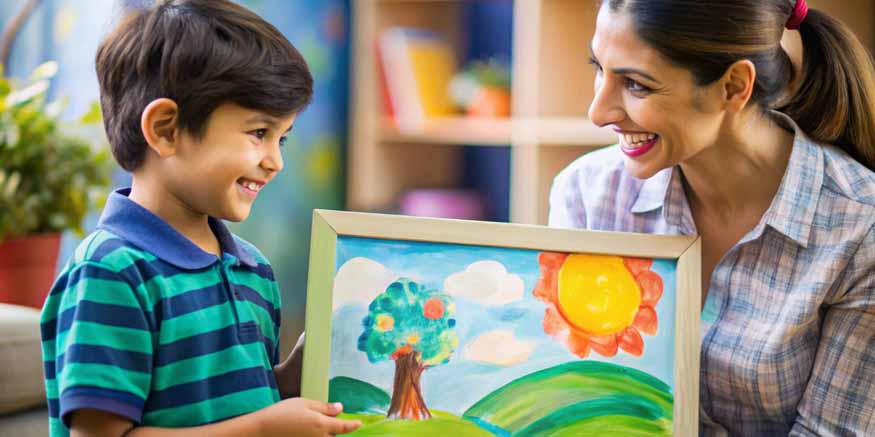
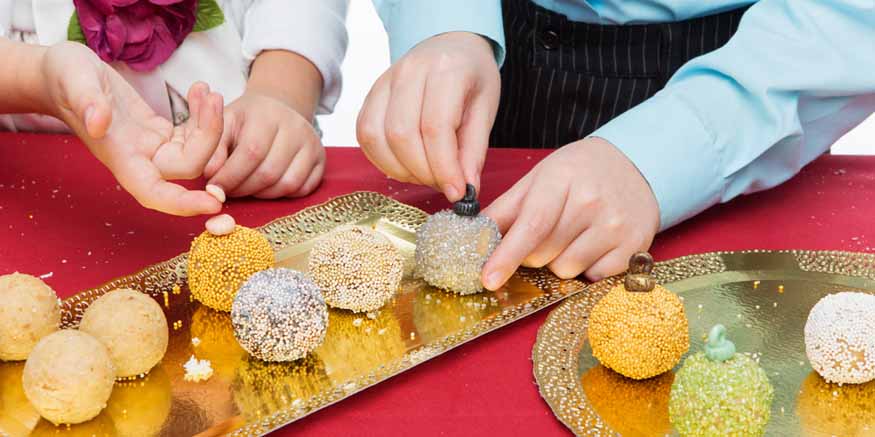
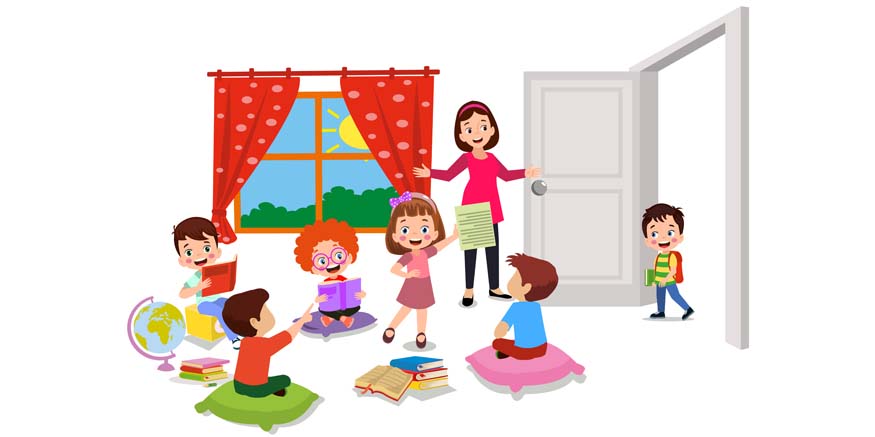
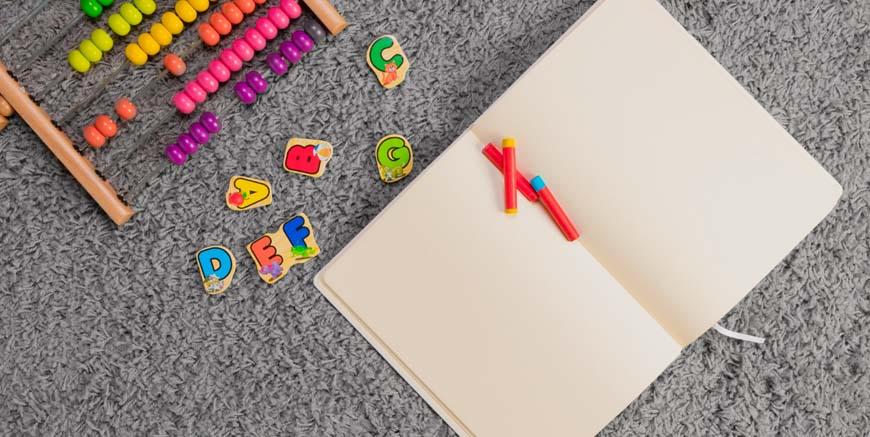
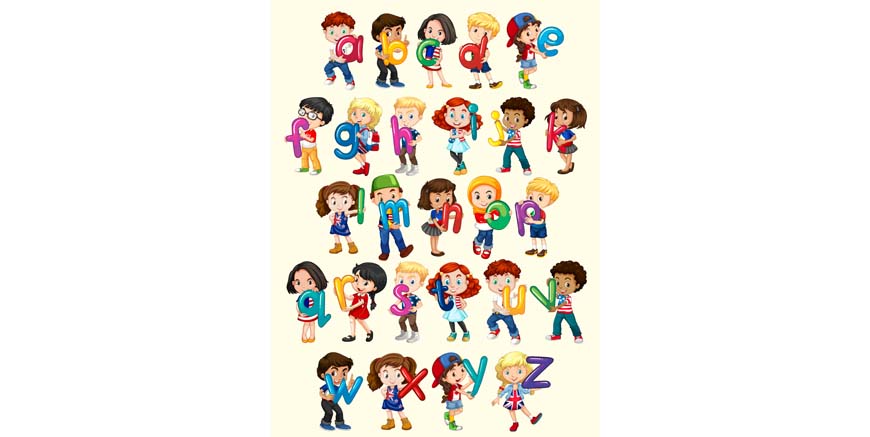
Recent Comments